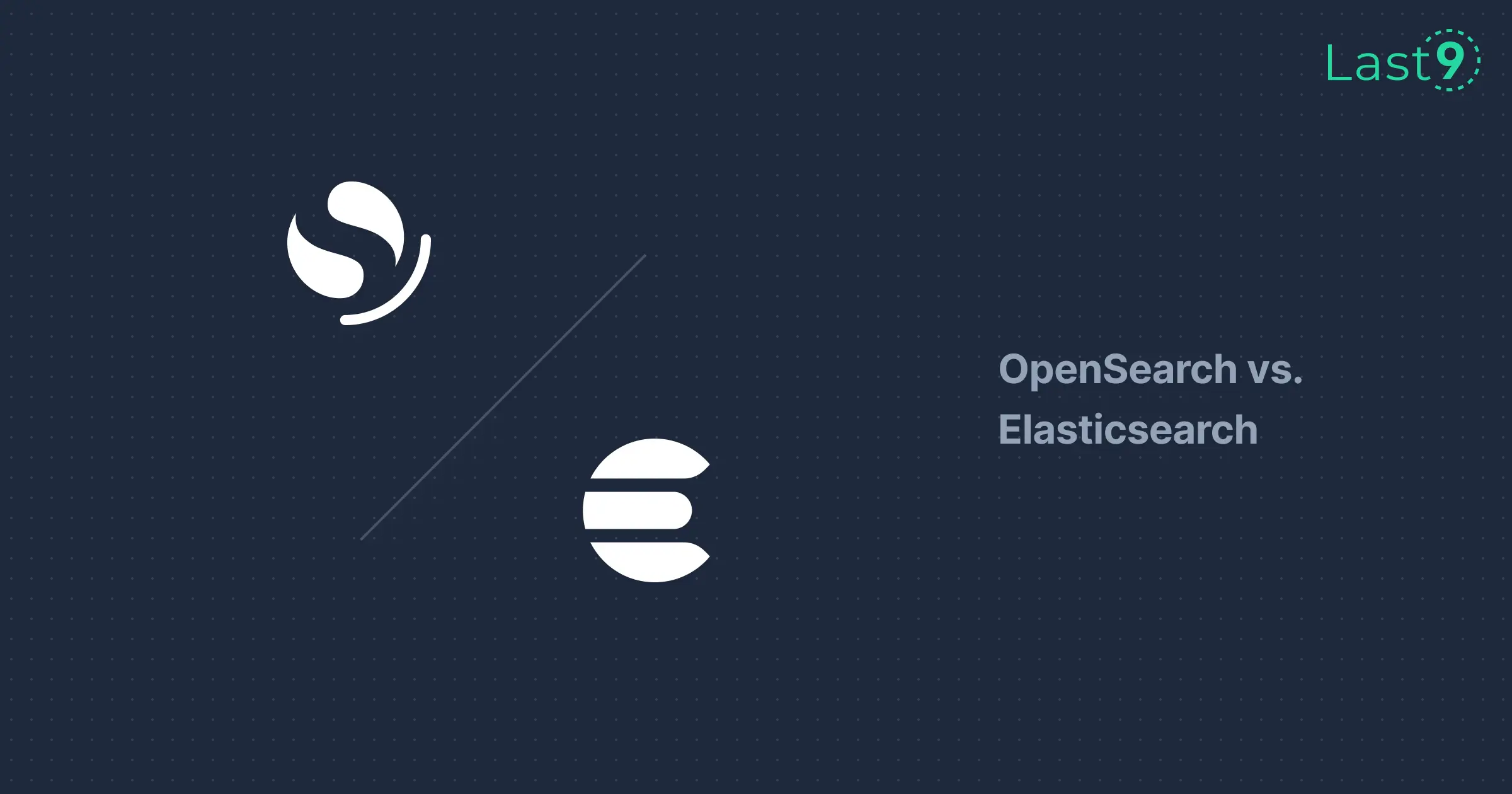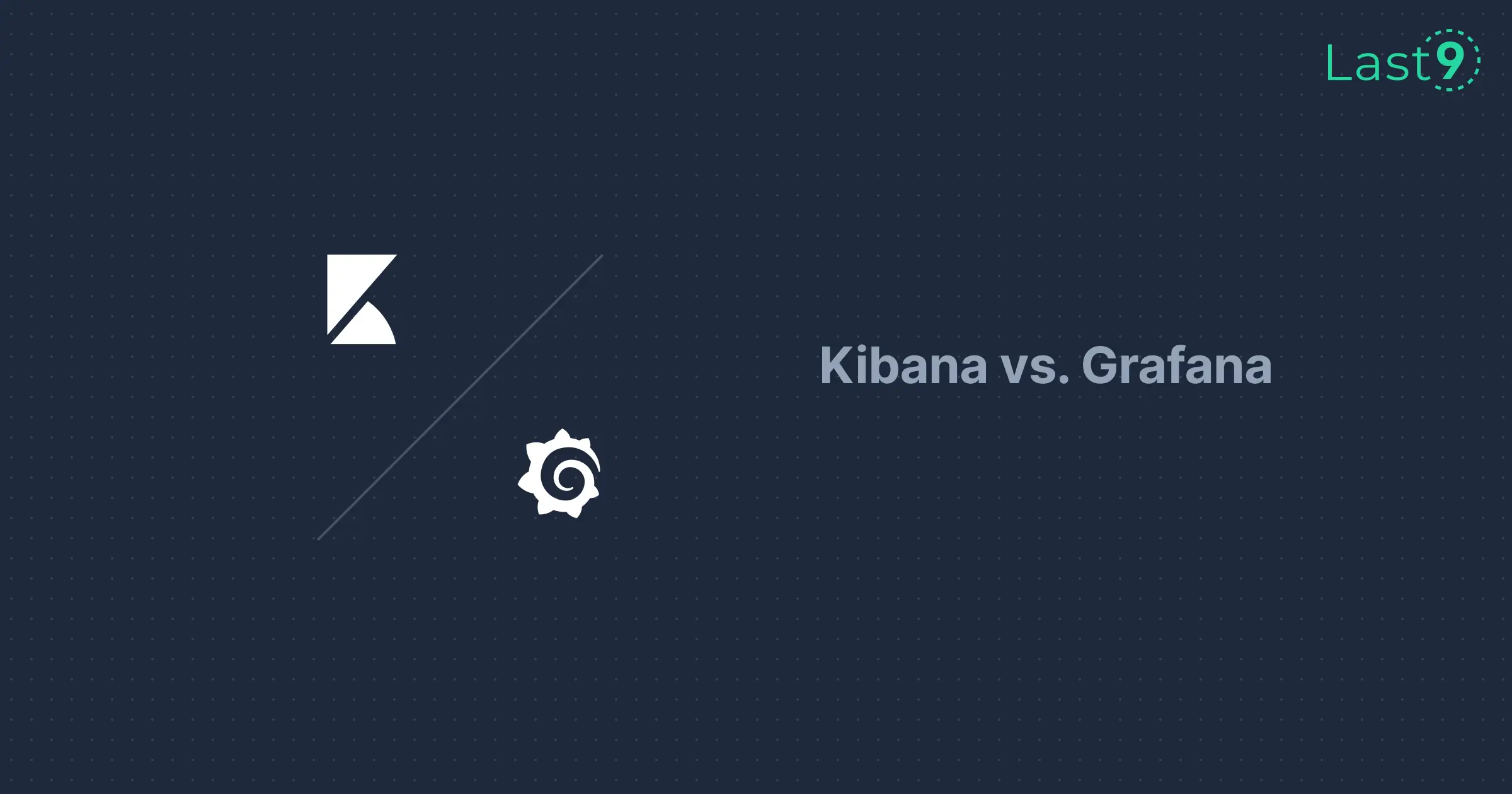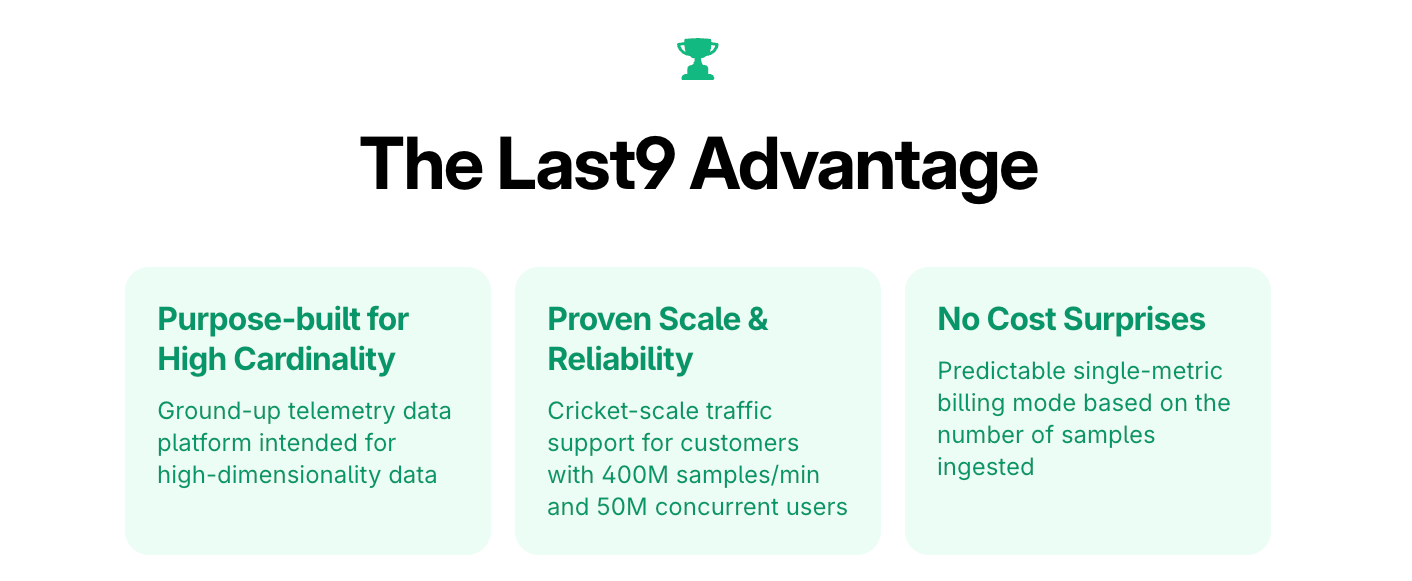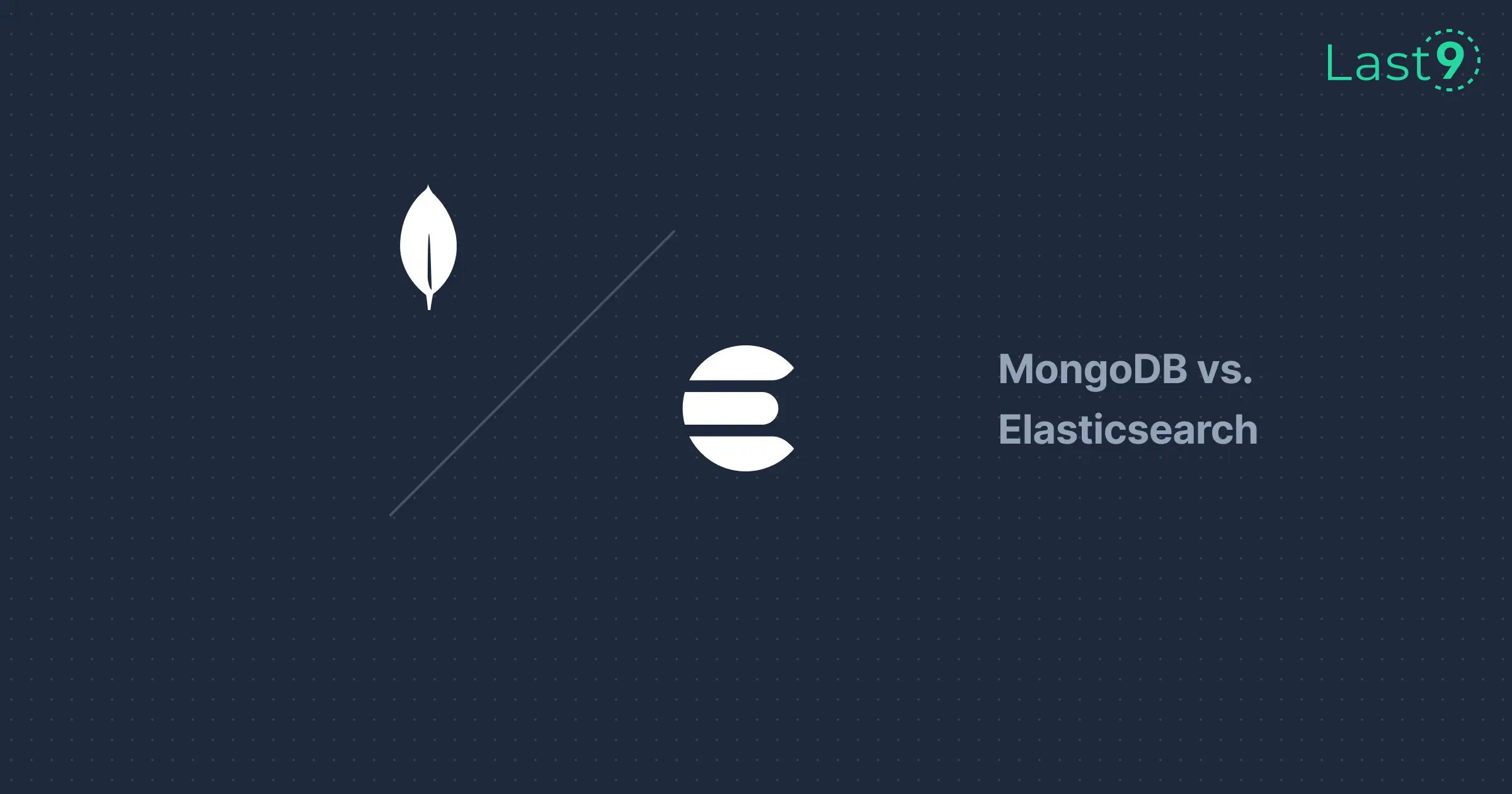When storing and querying data, MongoDB and Elasticsearch often become the center of discussions. While both are powerful tools, their purposes and strengths differ significantly.
If you're wondering whether to choose MongoDB or Elasticsearch for your project, this guide will break down the differences, use cases, and performance aspects to help you make an informed decision.
What is MongoDB?
MongoDB is a NoSQL database that uses a document-oriented data model. It excels at storing semi-structured data and is widely used for its flexibility and ease of scaling.
Key Features of MongoDB:
- Document-based storage (JSON-like BSON format)
- High write throughput
- Supports rich queries and aggregations
- Horizontal scaling through sharding
MongoDB is perfect for applications requiring high scalability and flexibility, such as e-commerce platforms and real-time analytics.
What is Elasticsearch?
Elasticsearch is a distributed search and analytics engine built on top of Apache Lucene. Known for its full-text search capabilities, Elasticsearch is the go-to choice for indexing and searching large volumes of data.
Key Features of Elasticsearch:
- Full-text search with high precision
- Distributed by design
- Near real-time data indexing and querying
- Rich ecosystem of tools (e.g., Kibana, Logstash)
Elasticsearch is ideal for log analytics, search functionality, and monitoring systems.

Key Differences Between MongoDB and Elasticsearch
Performance Comparison
Understanding how MongoDB and Elasticsearch perform is key to choosing the right tool.
Let’s break it down:
Query Performance
- MongoDB: MongoDB is great at handling complex queries, especially when working with structured or semi-structured data.
Its MongoDB Query Language (MQL) allows you to filter, sort, and group data easily. For example, finding users from a specific city or calculating sales totals is straightforward.
- Elasticsearch: Elasticsearch is built for search-first workloads. Its inverted index structure enables lightning-fast searches.
For instance, it can handle full-text searches, such as finding all documents containing the phrase "data analytics," much faster than MongoDB.
When to choose which?
- MongoDB: When working with relational-style queries, aggregations, or transactional data.
- Elasticsearch: When you need blazing-fast search results or run analytics on massive datasets.

Indexing Speed
- MongoDB: Indexing in MongoDB is efficient for general-purpose use. It allows you to create indexes on specific fields to speed up searches.
For example, indexing a "name" field will make name-based queries much faster. However, MongoDB focuses more on ensuring data consistency and fast writes, which can make indexing slower in comparison.
- Elasticsearch: Elasticsearch is designed for near real-time indexing, meaning data is searchable almost as soon as it’s ingested. This is especially useful in scenarios like log monitoring or updating search results on an e-commerce site.
When to choose which?
- MongoDB: When write performance and data accuracy matter more.
- Elasticsearch: When indexing speed and immediate searchability are crucial.

Data Structure and Schema
MongoDB: MongoDB is schema-less, meaning you don’t need to define a strict structure for your data. This is helpful if your data changes often. For example, you can add fields to documents on the fly without updating your database schema.
Example:
{
"name": "Alice",
"age": 30,
"hobbies": ["reading", "hiking"]
}MongoDB is forgiving if some documents don’t have the "hobbies" field—it just works.
- Elasticsearch: Elasticsearch uses a schema-dependent model, requiring you to define your data structure in advance. This is called a "mapping." While this requires extra setup, it allows Elasticsearch to optimize searches for your data.
Example: You need to specify that "age" is a number and "name" is text before adding data.
When to choose which?
- MongoDB: When flexibility is important and your data structure might change.
- Elasticsearch: When you need optimized queries don’t mind defining a schema.
Last9 took away the toil of setting up monitoring that works flawlessly at scale, and that too, with high cardinality data. We had one less thing to worry about and could focus on serving our user base during the peak moments. – Ashish Garg, CTO, Probo
Scalability and High Availability
- MongoDB: MongoDB supports horizontal scaling through sharding. This means your data is distributed across multiple servers, each handling part of the workload. It’s great for scaling applications that grow quickly.
- Elasticsearch: Elasticsearch is also distributed by design. It divides data into shards and replicates them across nodes for reliability. This makes Elasticsearch highly available and able to handle search queries even if some nodes fail.
When to choose which?
- MongoDB: When your focus is on growing storage capacity or supporting more users.
- Elasticsearch: When you need to distribute search workloads across many nodes for reliability and speed.

Use Cases for MongoDB
MongoDB is like the Swiss Army knife of databases—versatile and flexible. Here’s where it shines:
- Real-time analytics: Track user behavior on a website or app in real-time.
- Content management systems: Store and manage articles, images, or user-generated content.
- IoT applications: Handle data from smart devices like sensors and wearables.
- Social media platforms: Store user profiles, messages, and activity feeds.
Why? Its ability to store data in a semi-structured way and adapt to changing requirements makes it a favorite for developers.
Use Cases for Elasticsearch
Elasticsearch is like a high-performance sports car—it’s all about speed and precision. Here’s where it excels:
- Log and event analysis: Monitor server logs or application events for troubleshooting.
- Website search: Power the search bar on e-commerce or news websites.
- Business intelligence: Visualize data trends in dashboards using tools like Kibana.
- Monitoring and alerting: Detect anomalies in metrics or logs for DevOps teams.
Why? Its full-text search capabilities and near real-time indexing make it ideal for search-heavy use cases.

Integration and Ecosystem
- MongoDB:MongoDB has a strong ecosystem with libraries and connectors for nearly every programming language. For example:
- MongoDB Atlas for managed cloud databases.
- Mongoose for working with MongoDB in Node.js.
- Elasticsearch: Elasticsearch is part of the Elastic Stack, which includes:
- Kibana for visualizing data.
- Logstash for ingesting data.
- Beats for lightweight data shipping.
When to choose which?
- MongoDB: When building general-purpose applications with diverse data requirements.
- Elasticsearch: When you need a comprehensive search and analytics platform.
Cost Considerations
- MongoDB: MongoDB Atlas offers a managed service where you pay based on storage, queries, and scaling. Self-hosting MongoDB can be cost-effective but requires more maintenance.
- Elasticsearch: Elasticsearch Service provides a similar cloud offering with pricing based on nodes, storage, and query workloads. However, heavy analytics tasks can drive up costs quickly due to the high computing requirements.
Which is more affordable?
- MongoDB might be cheaper for basic storage and queries.
- Elasticsearch could cost more for large-scale analytics but adds tremendous value for search-focused use cases.

Conclusion:
Choosing between MongoDB and Elasticsearch depends on your specific needs:
Opt for MongoDB if you require a flexible, general-purpose database for CRUD operations. Go with Elasticsearch if your focus is on search and analytics for large datasets.
At Last9, we offer a cost-effective observability solution that brings together metrics, logs and traces in one place. Designed for high-cardinality observability, Last9 integrates effortlessly with Prometheus and OpenTelemetry, making it easy to correlate data across your stack.
With real-time dynamic metrics and the ability to manage large datasets with Streaming Aggregations, Last9 empowers you to gain deeper insights and drive smarter decisions.
Schedule a demo with us to learn more or try it for free!
FAQs:
Can MongoDB be used for full-text search like Elasticsearch?
Yes, MongoDB offers full-text search functionality, but it’s not as advanced as Elasticsearch. Elasticsearch is optimized for search-heavy workloads with features like ranking, fuzziness, and language-specific analysis. MongoDB’s search is suitable for basic needs but not for complex or large-scale search requirements.
Which tool is better for log analysis: MongoDB or Elasticsearch?
Elasticsearch is the preferred choice for log analysis because of its speed and ability to handle complex queries across massive datasets. With tools like Kibana for visualization and Logstash for ingestion, it’s an ideal solution for monitoring and troubleshooting.
Can I use both MongoDB and Elasticsearch together?
Yes, many applications use MongoDB as a primary database and Elasticsearch for search and analytics. You can sync data between the two using connectors like Mongo Connector or custom pipelines. This setup leverages MongoDB’s flexibility and Elasticsearch’s search power.
Is MongoDB or Elasticsearch easier to set up?
MongoDB is generally easier to set up for basic use cases. Its schema-less nature and beginner-friendly query language make it accessible. Elasticsearch setup can be more complex due to schema mapping and configuring clusters for distributed workloads.
Does Elasticsearch support transactions like MongoDB?
No, Elasticsearch does not support multi-document transactions. MongoDB, on the other hand, supports ACID transactions, making it a better choice for applications requiring strong data consistency, like financial systems.
Which is better for real-time analytics: MongoDB or Elasticsearch?
Both can be used for real-time analytics, but their focus differs:
- MongoDB handles dynamic data ingestion and transactional analytics well.
- Elasticsearch excels in querying and visualizing large volumes of data in near real-time, especially with tools like Kibana.
How do MongoDB and Elasticsearch handle scaling?
MongoDB scales horizontally using sharding. Data is distributed across shards, and more servers can be added as needed. Elasticsearch uses shard and replica distribution, which automatically balances workloads across nodes for search and analytics tasks.
Can I store unstructured data in Elasticsearch?
Elasticsearch can store unstructured data, but it works best with semi-structured or structured data due to its schema mapping. MongoDB is a better option for completely unstructured data because of its schema-less design.
Which tool is more cost-effective for small projects?
MongoDB is typically more cost-effective for small projects due to its simpler setup and lower compute requirements. Elasticsearch might become expensive for small projects because of its high resource consumption, especially for search-heavy workloads.
Can Elasticsearch replace MongoDB as a primary database?
Not entirely. Elasticsearch is not designed to replace general-purpose databases like MongoDB. While it can store and retrieve data, its primary focus is search and analytics, not transactional data management.
Is MongoDB or Elasticsearch better for e-commerce applications?
It depends:
- Use MongoDB for storing product catalogs, user profiles, and order history.
- Use Elasticsearch to power the search functionality, like product searches or filtering by price, category, or ratings.
Which tool has better community and documentation support?
Both MongoDB and Elasticsearch have robust communities and excellent documentation. MongoDB is often considered more beginner-friendly due to its simpler setup and tutorials, while Elasticsearch’s ecosystem is more focused on search and analytics use cases.
How do MongoDB and Elasticsearch handle security?
- MongoDB: Offers features like authentication, authorization, and encryption at rest and in transit through MongoDB Atlas or manual configuration.
- Elasticsearch: Provides similar security features but requires configuration. Elastic’s proprietary solutions, like X-Pack, offer advanced security capabilities.







